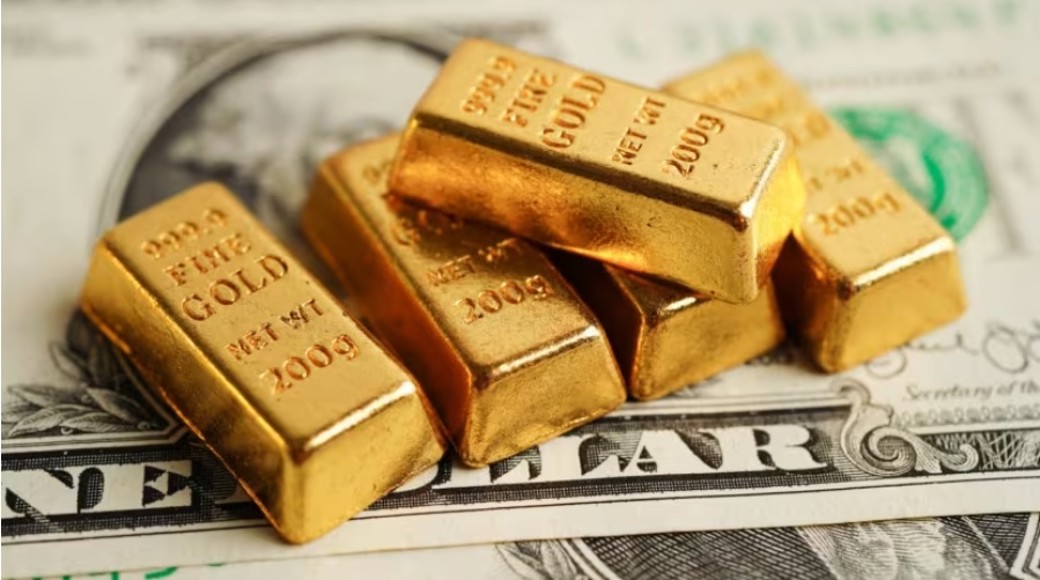Oil Prices Suffer Decline
The benchmark U.S. crude oil for August delivery took a hit on Tuesday, falling by $1.15 to $80.76 per barrel. Similarly, Brent crude for September delivery also experienced a decrease, dropping by $1.12 to $83.73 per barrel. This drop in oil prices can be attributed to concerns over the resurgence of COVID-19 cases in various parts of the world, which could potentially dampen demand for oil as restrictions and lockdown measures may be reinstated.
Insight: The fluctuation in oil prices is often influenced by a combination of factors such as geopolitical tensions, global economic conditions, and supply and demand dynamics. As such, investors and analysts closely monitor these variables to anticipate potential shifts in the oil market.
Gasoline and Heating Oil Prices
In addition to oil, the prices of wholesale gasoline and heating oil also experienced changes. Wholesale gasoline for August delivery saw a slight decrease of 1 cent to $2.48 per gallon, while August heating oil fell by 4 cents to $2.47 per gallon. On the other hand, August natural gas rose by 3 cents to $2.19 per 1,000 cubic feet. These fluctuations in prices indicate a mixed outlook for the energy sector.
Precious Metals Surge
On the commodities front, gold for August delivery saw a substantial increase, rising by $38.90 to $2,467.80 per ounce. Similarly, silver for September delivery also experienced a boost, rising by 52 cents to $31.46 per ounce. However, September copper fell by 8 cents to $4.45 per pound. The rise in gold and silver prices could be attributed to investors flocking to safe-haven assets amid economic uncertainties.
Insight: Precious metals like gold and silver are often viewed as safe-haven assets that retain value during times of market volatility. Investors tend to turn to these commodities as a store of value and a hedge against inflation and economic instability.
Currency Exchange Rates
In terms of currency exchange rates, the dollar strengthened against the Japanese yen, rising to 158.38 yen from 157.88 Japanese yen. Conversely, the euro weakened slightly, falling to $1.0895 from $1.0900. The fluctuations in currency exchange rates reflect the broader economic conditions and sentiment in the global financial markets.
Insight: Currency exchange rates are influenced by a multitude of factors, including interest rates, economic indicators, geopolitical events, and market sentiment. Traders and investors closely monitor these factors to make informed decisions in the foreign exchange market.









